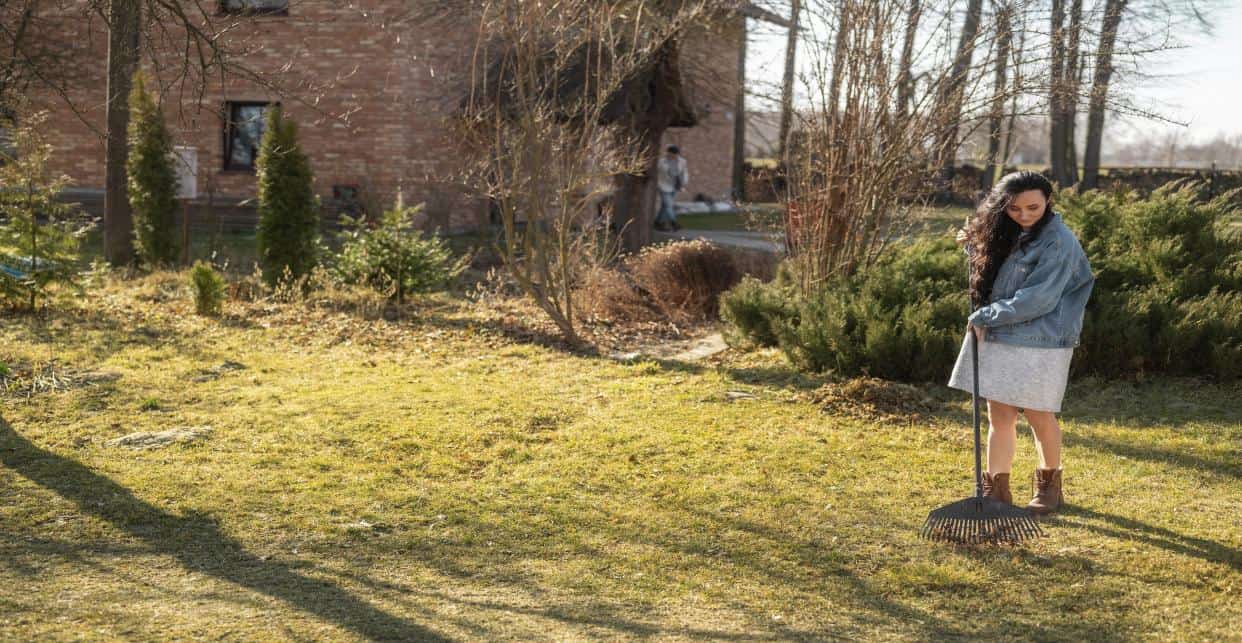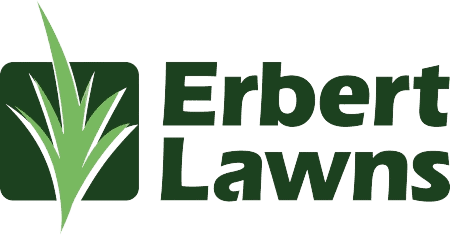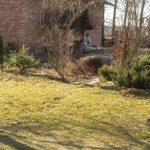
Maintaining a lush, green lawn in Denver can be pretty tough. From the unpredictable weather to the unique soil composition, lawn care in this region requires a thoughtful approach. At Erbert Lawns, we understand the complexities of Denver’s climate and soil, and we’re here to help you navigate common lawn issues.
Key Takeaways
- Brown Patches and Thin Spots: Regular aeration and proper watering can prevent and repair brown patches caused by Denver’s climate.
- Weed Invasion: Consistent lawn care and pre-emergent herbicides help keep weeds at bay in Denver lawns.
- Grubs and Pests: Early detection and targeted treatments are essential to protect your lawn from damaging pests.
- Soil Compaction: Annual aeration and compost top-dressing improve soil health and reduce compaction in Denver’s heavy clay soils.
- Lawn Diseases: Proper lawn maintenance and timely fungicide application can prevent the spread of common lawn diseases.
The Unique Challenges of Denver Lawns
Denver’s climate is characterized by a mix of extreme conditions intense sunlight, sudden temperature drops, and low humidity. These factors, coupled with the area’s naturally alkaline soil, present significant lawn care challenges. Maintaining a healthy lawn in such an environment is no easy task. The fluctuating weather patterns, with hot, dry summers and cold, unpredictable winters, can stress even the hardiest grass varieties. Understanding these unique challenges is crucial for developing a lawn care strategy that keeps your yard lush and green throughout the year.
Common Lawn Issues in Denver
Common lawn issues in Denver often stem from the region’s extreme climate conditions, including intense sunlight, dry air, and fluctuating temperatures. These factors, combined with the area’s alkaline soil, can lead to problems like brown patches, weed invasion, and soil compaction, requiring tailored lawn care strategies to maintain a healthy, green lawn.
Brown Patches and Thin Spots
Brown patches are a common and frustrating problem for Denver homeowners. The intense sun and dry air in the region can quickly dry out the grass, leading to unsightly brown spots. These patches may also result from a variety of other issues, such as improper watering practices either too much or too little water soil compaction, or even fungal infections. Additionally, Denver’s soil often lacks the necessary organic matter to retain moisture effectively, exacerbating the problem.
Solution
To avoid brown patches and thin spots, the solution is to water your lawn in the early morning and aerate regularly.
- Water your lawn early in the morning to ensure proper moisture absorption without evaporation.
- Aerate your lawn regularly, especially in the fall, to reduce compaction and improve water, air, and nutrient flow.
- Apply fungicide if fungal infections are present, and consider using disease-resistant grass varieties when reseeding.
Weed Invasion
Weeds such as dandelions, crabgrass, and thistle are notorious for their ability to take over lawns, especially in Denver’s challenging climate. These invasive plants steal essential nutrients, sunlight, and water from your grass, which can leave your lawn thin and weak. Weeds can thrive in areas where the grass is thin or stressed, quickly filling in any gaps and crowding out the desirable grass species.
Solution:
The solution involves regular mowing, fertilization, and thorough weed removal.
- Consistent mowing and fertilization give your lawn the strength to outgrow weeds by filling in any bare spots.
- Hand-pull or use spot treatment herbicide on existing weeds, ensuring you remove the entire root to prevent regrowth.
Grubs and Pests
Grubs, the larvae of beetles, are a significant threat to Denver lawns. These pests feed on the roots of grass, causing it to wither and die, often resulting in large dead patches. Other lawn pests, such as chinch bugs and sod webworms, can also cause extensive damage by feeding on the blades or stems of the grass. These pests are often more active during the warmer months, and their damage can quickly escalate if not addressed.
Solution:
The solution includes applying grub control in early summer and using beneficial nematodes for natural pest reduction.
- Apply grub control treatment in early summer to target larvae before they cause damage.
- Use beneficial nematodes as a natural solution to reduce grub populations without harming the environment.
Soil Compaction
Denver’s heavy clay soils are prone to compaction, which is a common problem that can significantly affect lawn health. Compacted soil prevents roots from growing deep and absorbing the water and nutrients they need. As a result, grass may become stressed, leading to thin, weak growth and making the lawn more susceptible to other problems, such as drought stress and disease. Heavy foot activity, the usage of large machinery, or even just the soil’s natural settling over time can all contribute to compaction.
Solution:
The solution for soil compaction is to aerate annually in the fall and apply compost to improve soil health.
- Every year, aerate your lawn, paying particular attention to the fall, to help the roots have better access to nutrients, water, and air.A
- fter aerating, apply a layer of compost to the soil to help retain moisture, boost organic matter, and improve the soil’s structure.
Lawn Diseases
Lawn diseases, such as powdery mildew, rust, and leaf spot, are not uncommon in Denver, especially during periods of fluctuating weather conditions. These fungal infections can spread rapidly under the right conditions, leading to unsightly discoloration, thinning, and even death of grass in affected areas. Lawn diseases often thrive in environments where grass is already stressed by other factors, such as drought, poor soil conditions, or improper mowing and watering practices.
Solution:
The solution for lawn diseases is to use fungicides, choose resistant grass, and dispose of infected debris properly.
- Use fungicides if needed and opt for disease-resistant grass varieties when planting or overseeding.
- Remove and dispose of infected clippings or debris to prevent re-infection, avoiding composting them.
Conclusion
Maintaining a healthy lawn in Denver requires understanding the unique challenges posed by the climate and soil. By addressing common issues such as brown patches, weeds, pests, soil compaction, and lawn diseases, you can keep your lawn lush and green. For individualized attention and knowledgeable guidance, contact us right now.
FAQs
How often should I water my lawn in Denver’s climate?
Watering frequency depends on the season, but generally, lawns should be watered deeply 2-3 times per week during the growing season. Avoid watering in the evening to prevent fungal growth.
What is the best time to aerate my lawn?
Fall is the ideal time to aerate your lawn in Denver. The cooler temperatures and increased moisture help the lawn recover quickly.
How can I tell if I have grubs on my lawn?
Watch for uneven brown patches and more birds in your yard. You can also peel back a section of the grass if you see several white, C-shaped grubs, it’s time for treatment.
What type of grass is best for Denver lawns?
Kentucky bluegrass and fescue are well-liked options for Denver’s climate, making them the right grass type for the region. These grasses are resilient and adapt well to the local conditions.
How do I prevent weeds from taking over my lawn?
Regular mowing, proper fertilization, and the application of pre-emergent herbicides in the spring can help prevent weeds from establishing.








